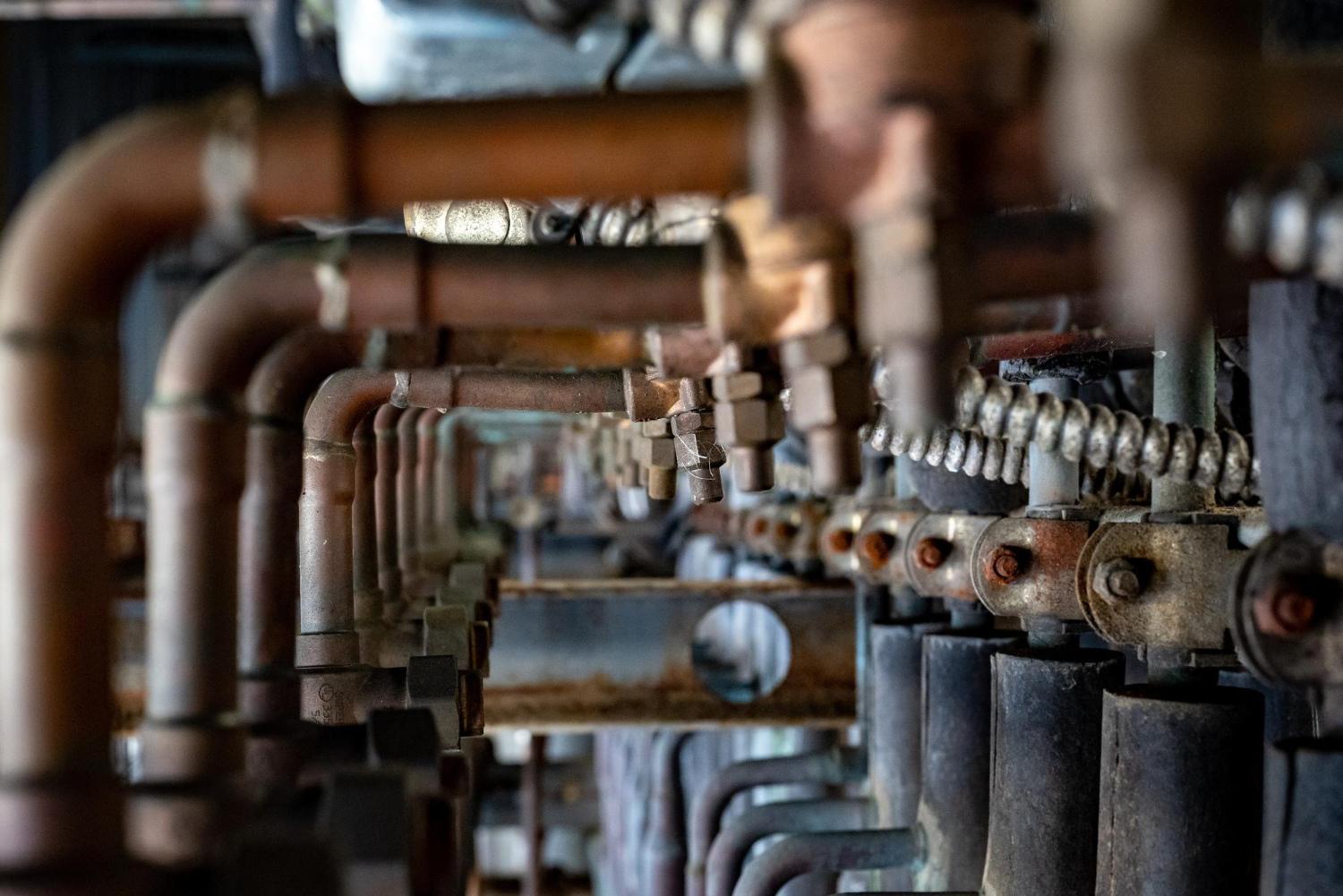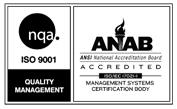AODD pumps are very versatile, highly reliable, and used in a wide range of industries from chemical processing to wastewater treatment. With their viscous, abrasive, and corrosive handling capability, they become irreplaceable in their field of operation. However, like all pumps, operational challenges do occur with AODD pumps, and one of the most serious involves turbulence. Minimizing the consequences of turbulence in AODD pumps requires understanding how it happens, along with strategies to minimize its effects and ensure continued optimal performance, pump longevity, and lower maintenance costs.
What is Turbulence?
Actually, turbulence can be best described as a condition of fluid flow wherein there is chaotic change in pressure as well as velocity. To directly relate this to pump systems, turbulence occurs when the smooth flow of liquids becomes disturbed due to sudden changes in direction, velocity, or pressure, laminar in nature. Fluid motion resulted makes the flow uneven, which would affect the pump’s efficiency and causes wear-and-tear on the parts of the pumps.
Turbulence is developed in most AODD pumps at critical flow points of the pumping cycle, such as at inlet and outlet ports where flow rate and pressure instantaneously fluctuate as the diaphragm changes position. It can also be generated by piping design or poor pump installation. In many liquids being pumped, turbulence is created by inherent properties of the liquid.
How Does Turbulence Affect AODD Pumps?
1. Reduced Pump Efficiency
Another effect of turbulence is that it leads to decreased efficiency of AODD pumps. AODD pumps work on the principle of the vacuum created as a result of their movement – diaphragm movement – suction, and thus, fluid will be expelled in the opposite stroke of the diaphragm. Ideally, this process should always be conducted in a smooth, continuous manner; however, the chaotic flow resulting from turbulence disrupts the smooth movement that leads to energy losses.
These losses manifest in different forms, namely increased power consumption and lower flow rates, meaning that to achieve the same intended output, the pump will be working harder. Ultimately, this inefficiency finds its way into higher costs of operating over time.
2. Increased Wear on Pump Components
Turbulence does not only decrease the efficiency of AODD pumps but also increases its wear and tear factor on the internal parts. Turbulent flow causes uneven pressure among the diaphragms, valves, and other areas of the internal pump due to imperfect fluid motion. This will eventually make them fail faster, and they must be restored or replaced often.
For example, turbulence can cause cavitation-that is, the formation of vapor bubbles in the liquid, with subsequent collapse near the surface of the pump. Cavitation is damaging especially on the inner surfaces of the pump, resulting in pitting and erosion of components. If unchecked, cavitation cuts the lifespan of the pump significantly.
3. Noise and Vibration
Turbulence also contributes to increased noise and vibration during pump operation. The erratic motion of fluid within the pump causes uneven forces to act on the pump body, leading to vibrations. These vibrations can lead to the loosening of bolts, damage to seals, and general wear on the pump housing and connected piping.
Excessive vibration and noise can also affect the surrounding equipment and infrastructure. Prolonged exposure to these conditions can lead to structural damage, especially in systems that involve complex or long piping networks.
4. Inconsistent Flow Rates
AODD pumps are often chosen for their ability to handle challenging fluids and maintain steady flow rates. However, turbulence can introduce inconsistencies in flow, which is especially problematic when precise metering or controlled flow rates are required.
For industries that rely on accurate flow rates for dosing chemicals, treating wastewater, or transferring expensive materials, inconsistent flow can lead to operational inefficiencies and financial losses.
Causes of Turbulence in AODD Pumps
1. Improper Piping Design
One of the most common causes of turbulence in AODD pumps is improper piping design. Sharp bends, sudden expansions or contractions, and overly long or complex piping systems can disrupt the smooth flow of fluid into and out of the pump.
Elbows, tees, and other fittings can create localized turbulence that, if not addressed, will negatively affect the performance of the pump. Poorly designed suction lines can result in air entrainment, which exacerbates turbulence and leads to cavitation.
2. Incorrect Installation
Even the most efficient AODD pumps can experience turbulence if they are not installed correctly. Issues such as misalignment between the pump and piping, improper mounting, or failure to follow manufacturer guidelines can lead to operational inefficiencies, including increased turbulence.
Ensuring proper alignment of the pump with suction and discharge piping is crucial to minimizing flow disruptions. Likewise, securely mounting the pump on a solid, stable surface can reduce the risk of vibrations and movement that contribute to turbulence.
3. Inconsistent Air Supply
AODD pumps rely on a consistent and balanced air supply to drive the diaphragms. Variations in air pressure or flow can cause the pump to operate erratically, introducing turbulence into the system. An air supply that fluctuates in pressure or is contaminated with moisture or oil can exacerbate this problem.
Air supply issues can also lead to diaphragm overextension, further contributing to pump wear and turbulence. Regular maintenance of the air supply system and the use of proper air filtration and lubrication systems can help mitigate this.
4. High Viscosity or Slurry Fluids
The type of fluid being pumped can also play a significant role in generating turbulence. High-viscosity fluids or fluids with large amounts of suspended solids (such as slurries) are more prone to turbulence, especially when they are forced through narrow passages or subjected to sudden changes in flow velocity.
While AODD pumps are known for their ability to handle these challenging fluids, careful consideration of the pump size and configuration is essential to minimizing turbulence in such applications.
How to Mitigate the Impact of Turbulence on AODD Pumps
1. Optimize Piping Design
A well-designed piping system is the first line of defense against turbulence. To reduce the risk of turbulent flow, ensure that the suction and discharge lines are as straight as possible and avoid using sharp bends or sudden transitions in diameter. Gentle curves and gradual changes in pipe size help to maintain a smooth flow of fluid.
In addition, the diameter of the piping should be appropriately sized to match the pump’s flow capacity. Oversized or undersized piping can disrupt flow, leading to turbulence. Installing flow straighteners or diffusers in the suction line can also help ensure laminar flow into the pump.
2. Ensure Proper Installation
Proper installation of the pump and associated piping is critical to preventing turbulence. The pump should be mounted on a stable surface to reduce vibration and securely connected to the piping to prevent misalignment.
When installing an AODD pump, it’s important to follow the manufacturer’s recommendations for piping layout and mounting. This includes ensuring that the suction and discharge lines are properly aligned and supported to prevent stress on the pump body. In applications where long piping runs are necessary, using flexible hoses or expansion joints can help absorb vibration and reduce the risk of turbulence.
3. Maintain a Consistent Air Supply
A stable and consistent air supply is essential for the smooth operation of an AODD pump. To mitigate turbulence caused by erratic diaphragm movement, use an air regulator to maintain a constant air pressure and flow to the pump.
In addition, ensure that the air supply is free of contaminants such as moisture and oil, which can affect the performance of the pump and lead to irregular operation. Installing an air dryer and filter can help maintain a clean and dry air supply, reducing the risk of turbulence.
4. Use Pulsation Dampeners
Pulsation dampeners are devices that can be installed on the suction or discharge side of an AODD pump to reduce turbulence. These devices work by absorbing pressure fluctuations and smoothing out the flow of fluid, which helps to minimize the impact of turbulent flow on the pump’s performance.
Pulsation dampeners are especially effective in applications where high-viscosity fluids or slurries are being pumped, as they can help to stabilize the flow and reduce the risk of cavitation and wear on internal components.
5. Choose the Right Pump for the Application
Selecting the right AODD pump for the specific application is key to minimizing turbulence. Consider factors such as the viscosity of the fluid, the presence of solids, and the required flow rate when choosing a pump. Pumps that are too small or too large for the application can lead to inefficient operation and increased turbulence.
In addition, ensure that the pump materials are compatible with the fluid being pumped. For example, highly abrasive fluids may require pumps with wear-resistant components to reduce the impact of turbulence on pump performance.
6. Regular Maintenance
Regular maintenance of the AODD pump and associated systems is crucial for preventing turbulence-related issues. Periodically inspect the diaphragms, valves, and other internal components for signs of wear or damage and replace them as needed to ensure optimal performance.
In addition, clean and inspect the air supply system regularly to prevent contamination and maintain a consistent air pressure. Properly maintaining the piping system, including checking for leaks or blockages, will also help reduce the risk of turbulence.
Conclusion
Turbulence can significantly impact the performance, efficiency, and lifespan of AODD pumps. By understanding the causes of turbulence and implementing measures such as optimizing piping design, ensuring proper installation, maintaining a consistent air supply, and using pulsation dampeners, it is possible to mitigate the negative effects of turbulence on AODD pumps.



Get Social